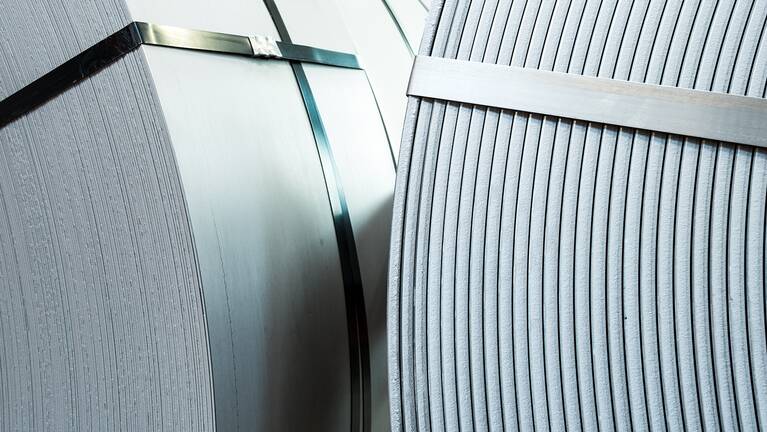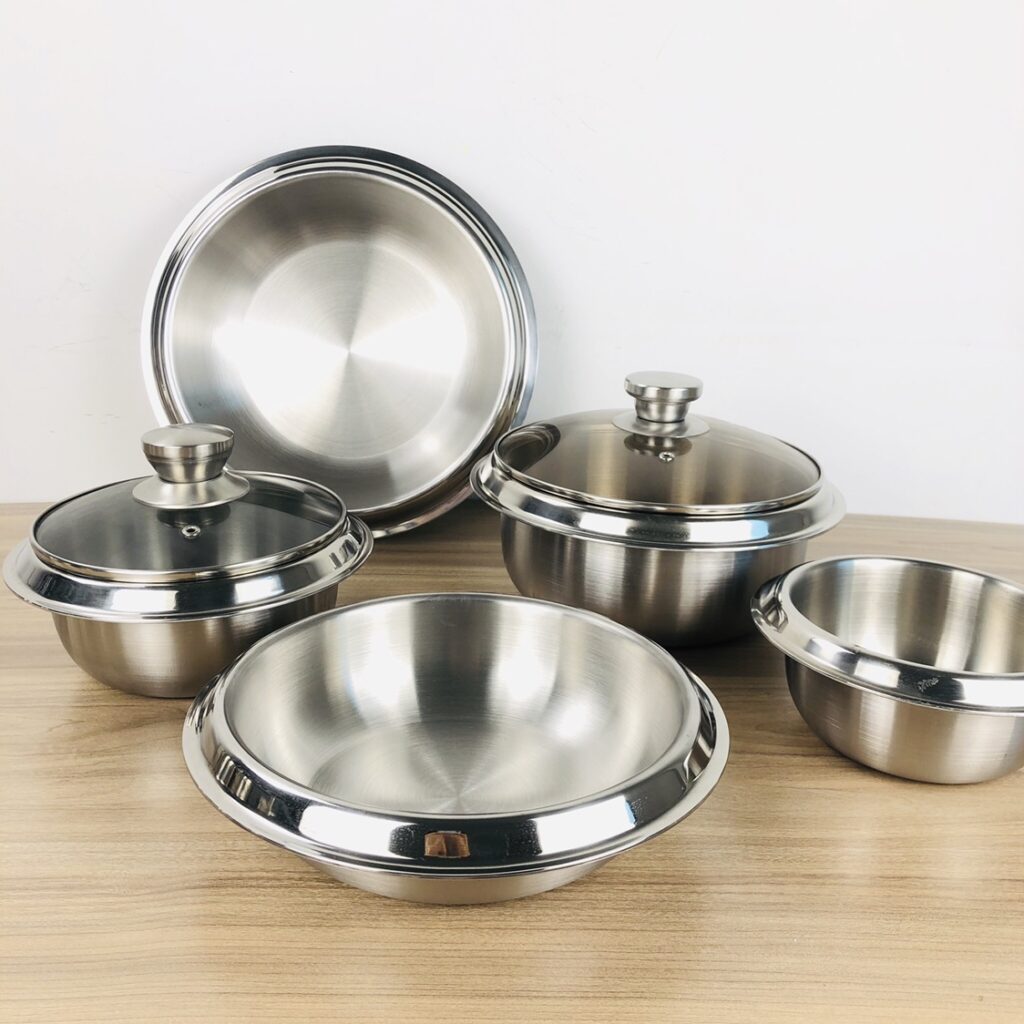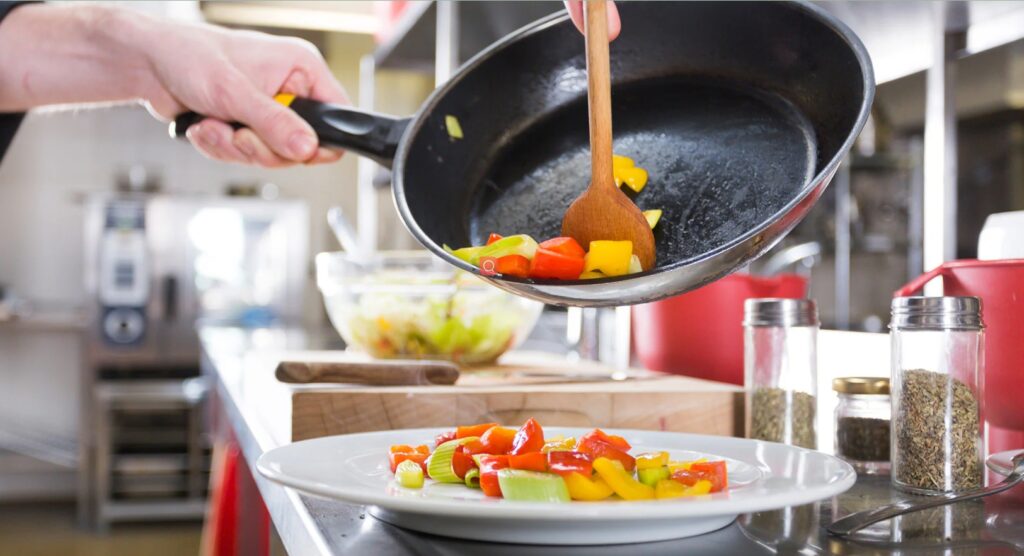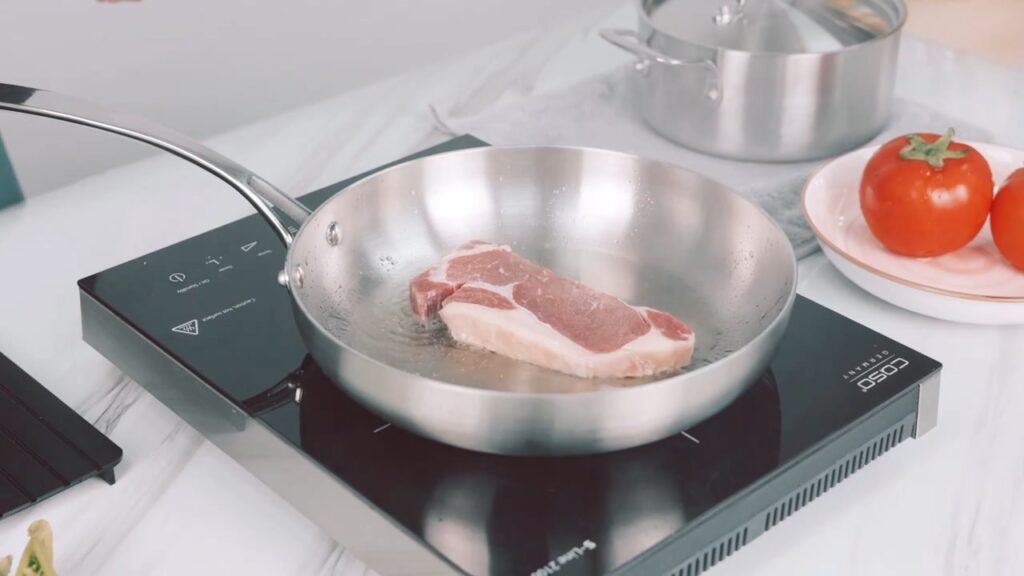Introduction to Stainless Steel Grades
Stainless steel is commonly used in various kitchen appliances and utensils due to its durability and resistance to corrosion. Among its many grades, 304 and 316 stainless steel are the most widely used. But why can these two grades of stainless steel come into contact without contaminating food?
The Composition and Properties of 304 and 316 Stainless Steel
Both 304 and 316 stainless steel consist of iron, chromium, and nickel. The key difference lies in the addition of molybdenum in 316 stainless steel, which enhances its corrosion resistance, especially in marine environments. This makes the 316 grade more suitable for food processing applications where exposure to chlorides and other harsh conditions is a concern.
Food Safety and Stainless Steel Interaction
When 304 and 316 stainless steels come in contact, they do not react chemically or release harmful compounds that could contaminate food. Their inert nature ensures that food remains safe, preserving its taste and quality. This compatibility is essential in commercial kitchens and industries, where various tools and containers are made from these two materials. Therefore, using both grades together is common practice without fear of compromising food safety.





